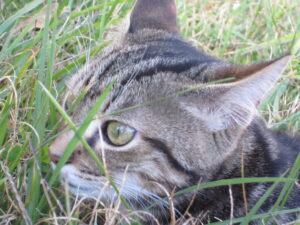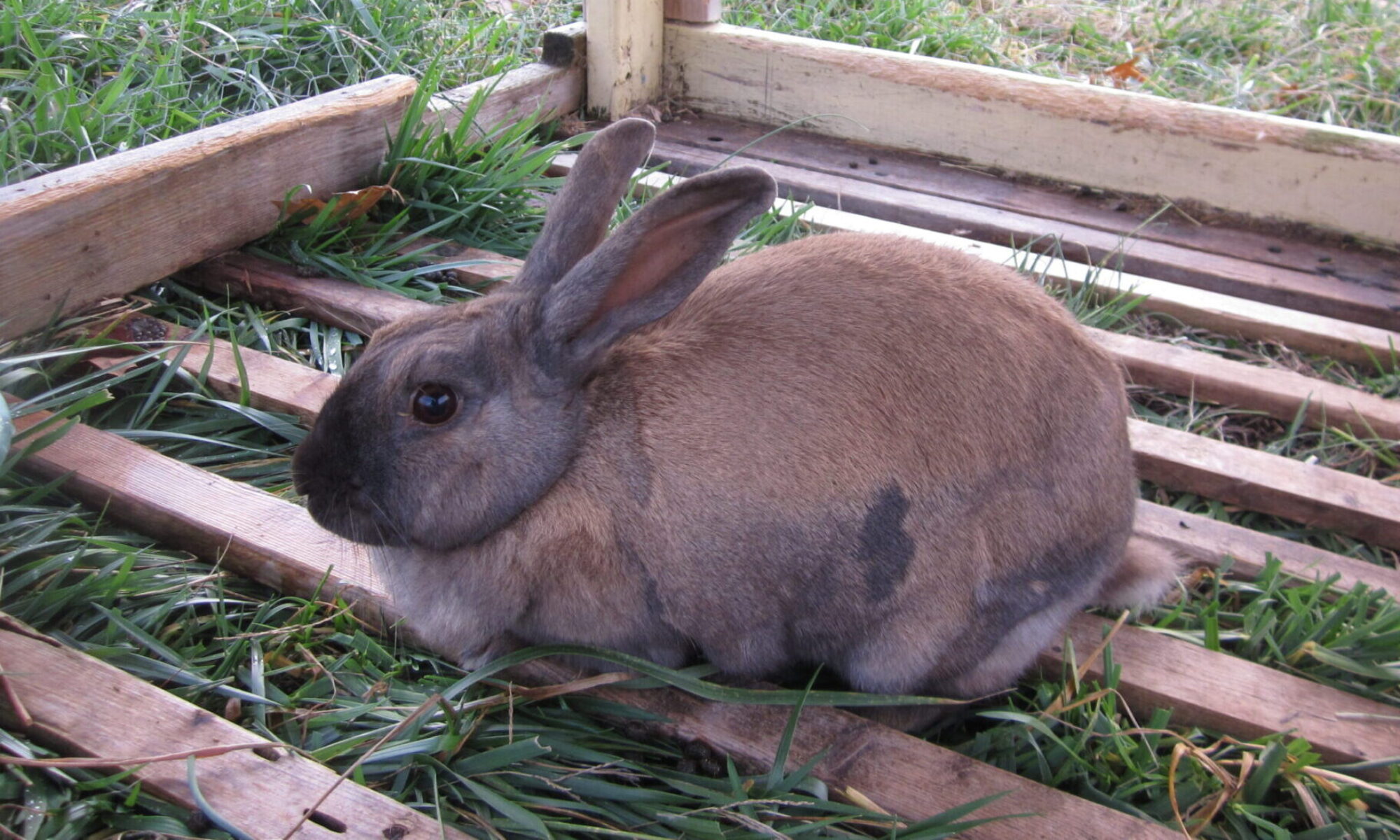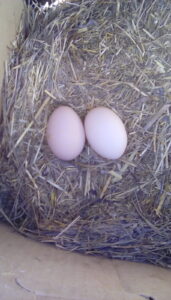Old Cats
You may have read our two posts on our previous cats, Oscar and Coconut, or about how they ran away in August. They were great cats, and we missed them terribly. But now we knew what to do so that any more cats wouldn’t run away. So, we began our journey to new fluffy friends.
The Long Journey
First, we checked our local feed store’s postboard for free kittens. That was how we had gotten Oscar and Coco, and it was a great way to find cats. But cats aren’t normally born in September, so there was only one cat available. We were very excited, but then the cat found a home without us.
And anyway, by then the time gap had closed, and our big travel month of October was nearing. (Sorry, that’s why we’ve been inactive for a while! International travel puts a lot on hold!) So, our journey ended…for a while.
But the Redeemed Homestead can’t go long without some cat buddies, so as soon as we arrived home, (actually, on the last days of the trip!) we started asking about new cats.
New Cats
Finally, our trip was over, we were home, and we could focus on new things, cats being one of them. About a week after we arrived home, Dad surprised the kids by teaming up with a cat-loving lady to bring us…Peanut and Jacob!


But our adventures weren’t over yet! Jake promptly escaped and ran into the forest! It was ten days before we got him back. It was a cold night, and he would go around the house meowing, so we opened the door and mewed while he hesitantly walked inside. We shut the door, picked him up, and he was safely home.
Since then, both of the cats have adjusted to their new home, and love us very much. Since it’s winter, they stay in the garage, but they practice their hunting skills on cat toys. 🙂
Jake has escaped a few more times since then, but he always stays around to be mewed through the front door. He is pure muscle, and will be a great mouser when he grows up.
Peanut is especially endearing, with an occlusion (blockage) that makes him sound snuffly all the time. He is a quick little sidekick to deliberate, strong, Jake.
We will fix them both this time to prevent permanent run-aways, but it seems Jake has already learned to run away well: exploring and worrying us sick, while staying close to home, friend, and food. Peanut seems more inclined to explore and befriend Gopher and his back porch.

